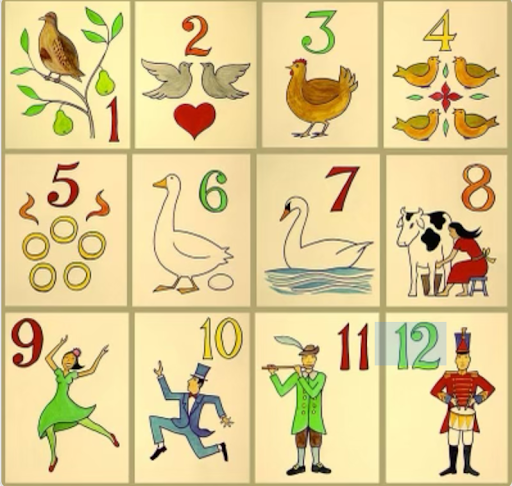Overloading on APs: Appealing or Appalling?

Art credits to Amanda Hu!
February 23, 2016
Whether in the morning before the first bell or in the four minutes between classes, it is a common sight to see a horde of frenzied students with haunted eyes shadowed by dark circles, all clutching sheaves of notes and muttering frantically about AP Macroeconomics, AP Lang, or AP Physics.
Welcome to junior year.
One of the most defining (and intimidating) characteristics about junior year is the weighty workload—AP class after AP class after AP class. In contrast to CP or Honors classes, the AP level presents a whole new facet to classes by focusing on one goal: getting students to pass the AP exam in May. Curricula are both more rigorous and more rigid.
On the other hand, AP classes also offer benefits, providing students with a more thorough and comprehensive education—and who could forget that GPA inflator? Juniors often capitalize on these advantages (especially the latter) by overloading on as many APs as possible, taking on five, six, or even seven AP classes. As a result, such students are working deep into the night, reluctantly seeing the first rays of sunrise pass over their desks, or simply relying on a cup of coffee as a substitute for sleep.
Students who find that they have taken on more than they can chew—overlooking sports or other extracurriculars when they planned their academic schedules—often see all of their grades dropping as they become more sleep-deprived and stressed.
Is it worth it?
Michael Hackett ’17 adamantly opposes taking too many AP classes, asserting, “Overloading with AP classes is a literal guarantee to develop anxiety disorders for a large percentage of students or worsen the mental health of students already dealing with stuff. It’s not worth it because you essentially ruin your life for a year doing nothing but work and stressing about all the work you have to do. The culture created by the American education system pushes this onto the ‘bright’ students and makes a lot of students doubt their own intelligence and abilities.”
At a high school such as Ridge, self-motivation and achievement are often measured by the difficulty of the classes that one takes—in other words, by how many AP classes a student juggles. While such a mindset evidently appears fallacious to most, it definitely holds some grains of truth. After all, colleges examine applicants’ transcripts for “rigor” to discern whether or not a particular applicant is challenging him or herself by taking the most difficult classes possible.
Collin Montag ’17 highlights the benefits of taking AP classes, musing, “I think while there is a lot of work, if you’re willing to devote yourself to the classes, then it definitely pays off, both through the education and even for colleges. I would recommend [taking AP classes] as long as your schedule can incorporate a lot of work each night; otherwise, it might be wise to only take a select few.”
Looking back, Emily Arakawa ’16 adds, “To be honest, having taken three APs my junior year and five my senior year, I don’t regret anything except for the fact that I should have taken more AP classes my junior year. AP classes, even though they are basically geared towards getting a 5 on a national exam, really helped me develop better studying habits as an independent and organized student.”
Ultimately, there’s no right answer as to whether or not one should take as many AP classes as possible. The right number of AP classes is that which enables a student to balance his or her health, happiness, and other activities with schoolwork. Arakawa sums it up the best, suggesting, “Think about APs as a challenge, not a threat.”










avani sheth • Feb 29, 2016 at 12:05 pm
i believe that AP classes are necessary for students to be able to challenge themselves and prepare for college. I think it helps students manage their time and work positively to a goal that may seem to have less weight in an honors class.
anvitha prasad • Feb 29, 2016 at 12:03 pm
The idea of overloading on AP seems like a terrifying thought, which increases stress levels and could potentially lower your GPA which would be counterintuitive. I also have a personal grudge against AP because it has my initials.
Ken Sugathan • Feb 29, 2016 at 12:00 pm
I believe that APs are extremely important in the development of individuals in preparation for college.
Ken Sugathan • Feb 29, 2016 at 11:58 am
this article is really good because it helps you plan for the long run especially attending college or a job school study skills are very important